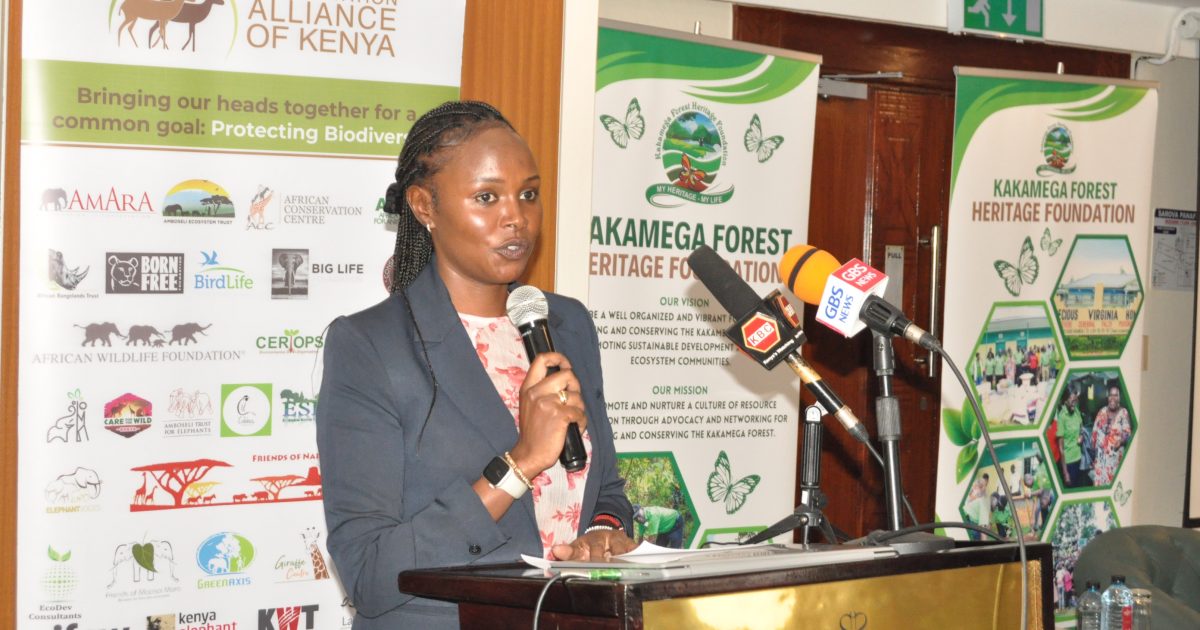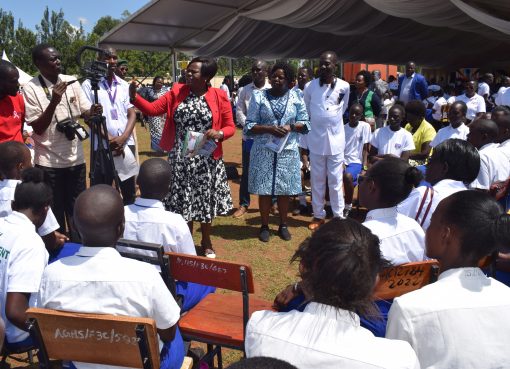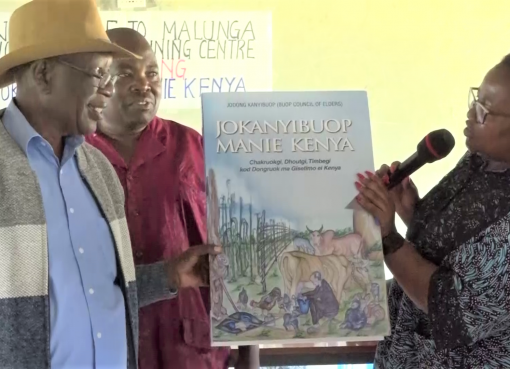The Conservation Alliance of Kenya (CAK), in partnership with the State Departments for Forestry, Environment and Climate Change, and Wildlife has organised a forum to discuss the state of conservation of the Kakamega forest and its landscape.
The forum, themed ‘The Sustainable Conservation of the Kakamega Forest Landscapes and Its Fragile Ecosystems’, is aimed to establish the current state of conservation practices and actors around it in order to bring them together and find a unified way of conserving the forest.
The forum brought together stakeholders involved in conservation initiatives in the Kakamega forest Landscape, comprising governments, communities, and non-state actors.
Speaking at the event, Wildlife Principal Secretary Silvia Museiya lauded the efforts of the various conservation groups in the forest and urged them to place more attention on the plant species and other regions that have received less focus when it comes to conservation.
“We don’t speak enough about tree species unless they are listed under the International Union for Conservation of Nature (IUCN) and other sites. Most of our budgets and funds go to take care of human-wildlife conflict, rhino sanctuaries or the big five but we need to look into fauna. I also urge you to place more conservation efforts in other regions with less attention like Baringo and West Pokot,” said Museiya.
At the same time, CAK Chief Executive Officer (CEO) Steve Itela stressed the importance of bringing players and the formulation of a master plan that will coordinate the conservation and preservation of the forest.
“Once upon a time, the Kakamega forest was larger than the one we are seeing now and it joined together with Nandi County but has been greatly reduced over time due to human activities. As organisations working towards its restoration, we are moving from a silo mentality to collectively working together to prevent the duplication of projects and conserve the forest,” he observed.
Echoing Itela’s sentiments, Kakamega Forest Heritage Foundation Chairman Dr. Johnson Murila also added his voice on the call to collaborate and partner when it comes to the restoration projects in the forest.
For the past five years, Murila revealed that the Foundation has rehabilitated 140 acres of the forest with 112,000 indigenous trees.
“There are many of us working in the forest as little individual teams. It would be great if we all came together with a conservation plan for the whole ecosystem so that we work towards one goal, consolidating our resources and synergies in one direction because this will give us much better results. With this, we can make the forest great again and hopefully reverse some of the results of climate change,” he urged.
Meanwhile, Beatrice Khayota the National Museum of Kenya Principle Research Scientist noted that the forest has attracted a lot of research but unfortunately, its donor driven and sectoral and the issue is how to bring the projects together.
“We have a lot of experts who know what is useful for the forest and it is important that the scientists come up with reports and have findings that can monitor the population trends and bring the community on board to ensure that they learn how they can utilize the forest resources to their advantage,” she illustrated.
The conservationists also called for collaboration when it comes to research findings on the forest to ensure that proper information on the forest is communicated to the community surrounding the forest and the organisations conserving the forest.
As Kenya’s only tropical rainforest, the Kakamega forest is a critical heritage and natural resource for the people of Kenya and plays a vital role as a critical watershed and a carbon capture system, contributing to climate change mitigation.
For decades, the Kakamega forest has been shrinking largely due to poverty-driven logging, harvesting of medicinal resources, and agricultural expansion. Currently, the forest, including reserves, encloses about 238 square kilometers, a little less than half of which currently remains as indigenous forest.
By Michael Omondi





